Description of Coffee Taste and Flavor in Sidamo, Ethiopia
Some people say that the taste of Yejia Coffee is a little too sharp, but they also want to drink the taste of sour fruit. What kind of coffee do you recommend? Qianjie believes that the bright citric acid of Yega Chuefei Coffee may not be liked by everyone, but it is also the choice of most people. For those who want to drink slightly less tart coffee, in fact, Essel's coffee will be recommended in Qianjie. Why do you say that? Because Ethiopia is the birthplace of coffee, there are many varieties, and the flavor of coffee in each producing area will be obviously different. Yejassefi coffee is only a more obvious representative of Ethiopian coffee flavor. however, the coffee flavor in other producing areas will only be more rich on the basis of the coffee flavor, with a fuller sense of juice and flower and fruit flavor.
Yegashifi and Sidamo are famous boutique coffee producing areas in Ethiopia, but the two producing areas are treated in a completely different way. Most of the coffee in Yejasuefei producing area is washed by water, such as: washed Yega Xuefei coffee, washed Kochel; most of the coffee beans in Sidamo production area are mainly in the sun, and the most well-known coffee is sunburned Huakui coffee.
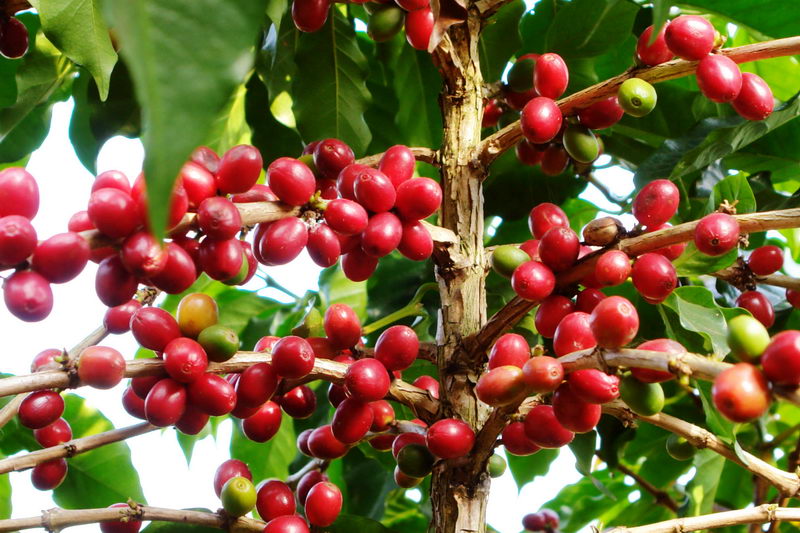
It is precisely because of the great differences among coffee producing areas in Ethiopia that the cup flavor of coffee produced by each producing area, micro-producing area and even farm is also very different. Therefore, Ethiopia has the largest number of individual products in Qianjie coffee, with more than a dozen individual products, trying to give you a taste of coffee flavor from multiple producing areas. Among them, washed Yega Xuefei Coffee and Sakuran 5.0 are the most popular! It is precisely because Ethiopia is known as the world coffee gene pool, no matter which producing area, as long as it is Ethiopia's Arabica coffee beans will be addicted.
Sidamo coffee producing area
Sidamo Coffee (Sidamo), a famous boutique coffee area in southern Ethiopia, is 1400-2200 meters above sea level and borders Kenya. Sidamo coffee beans are characterized by very diverse flavors, different soil types, microclimate and countless native coffee species, which make the coffee produced in cities and towns have obvious differences and characteristics. Qianjie believes that the full juicy and floral aroma of Sidamo coffee is closely related to the local climate and environment. In 2010, Murray 2012, it continuously obtained the high score of CR92--94, the authoritative coffee evaluation website in the United States. Thus it can be seen that the raw beans in this area are extraordinary. The territory has towering mountains, highlands, plateaus, valleys and plains, with diverse topography. The geology of the area belongs to fertile, well-drained volcanic soil with a depth of nearly two meters and a dark brown or brown surface soil. The biggest advantage of the area is that the soil fertility is maintained through the circulation of organic matter, using the withered leaves of the surrounding trees or the residual roots of the plants as fertilizer. The high-altitude Sidamo coffee has a very good flavor.
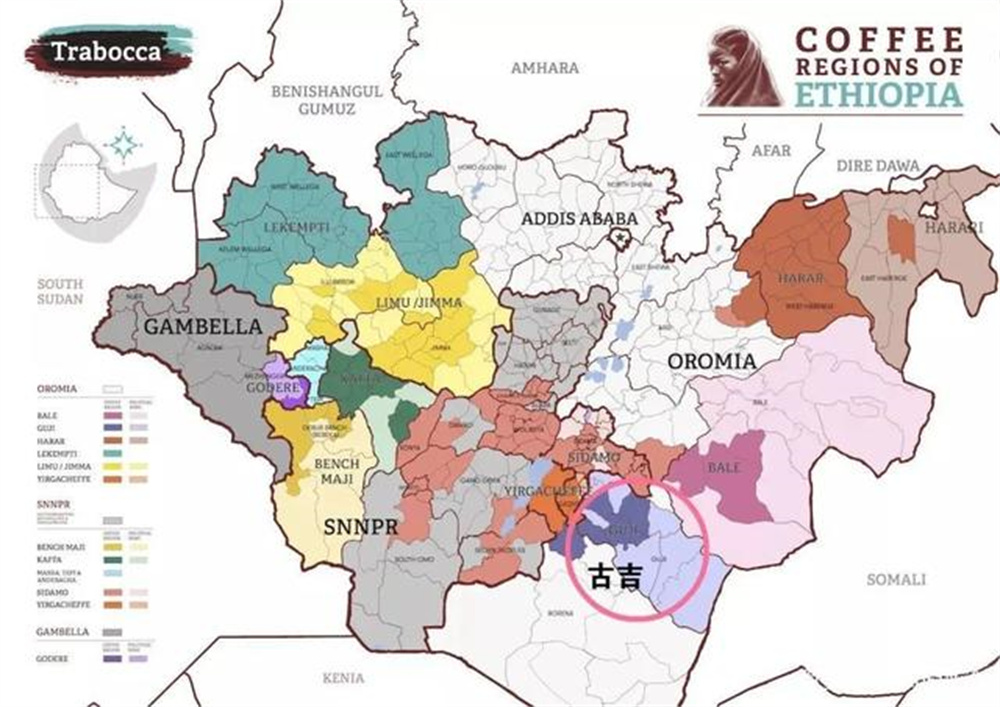
The most famous coffee growing areas in Sidamo are: GUji and West Arsi. Guji producing area is located in the southeast of Yega Xuefei producing area, the terrain is mainly towering mountains, valleys and plains, fertile black soil. At high altitude, there is a large temperature difference between day and night, so the Sidamo coffee produced here is very characteristic.
Humbela producing area
The Sakui coffee we often talk about comes from the Cedar Mohambela producing area. Chinese raw bean merchants have given this Humbera coffee the name "Sakuran". Qianjie believes that: judging from the name of the coffee alone, this coffee bean will be very beautiful and give people high hopes. The west of Humbera Hambella is across the mountain from Kochore, and the east and south are connected with other sub-areas of Shakiso, Uraga and Kercha in Guji.
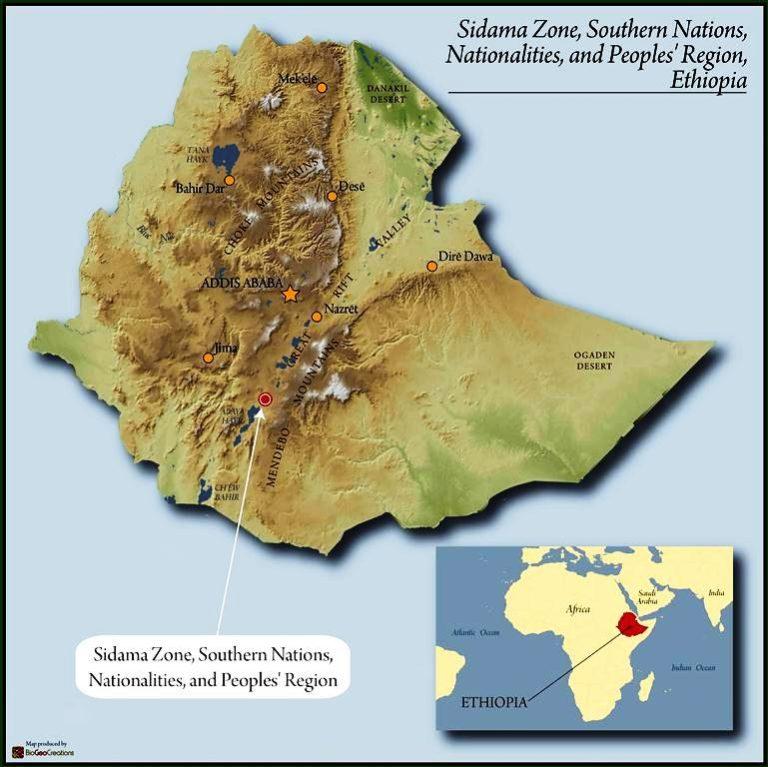
In the Humbera Mountains, villagers live in mountains 2000 meters above sea level, with no roads and no electricity, and government-supported faucets are the only source of drinking water for the whole village. Despite the lack of living conditions, Hambela farmers still take good care of every Sakuran coffee bean. At present, there are about 20 processing plants of various sizes in Humbera production area. The coffee beans that make Guji famous come from the Buku processing plant. The Buku processing plant is located in buku abel village, which is 2200 meters above sea level. From the beginning of cultivation, it has been chosen as a noble "family environment"-rich humus reddish brown soil, and given shade and care to "Enset" tree species, so that Sakui receives sufficient sunlight and produces rich flavor without consuming too much nutrients, thus retaining more essence in the inside of the coffee fruit. In the harvest and treatment season (December-January), its unique growth environment and natural climate created the unique flavor of Huakui.
Coffee varieties of Huakui
As the gene bank of coffee, Ethiopia has a wide variety of coffee, so it is difficult to identify and classify it. Coupled with the fact that the Ethiopian government is unwilling to disclose information about these varieties because of the protection of natural coffee, most of the coffee beans exported by Ethiopia are collectively referred to as "Heirloom" native species, while coffee beans from Sidamo are also native species.
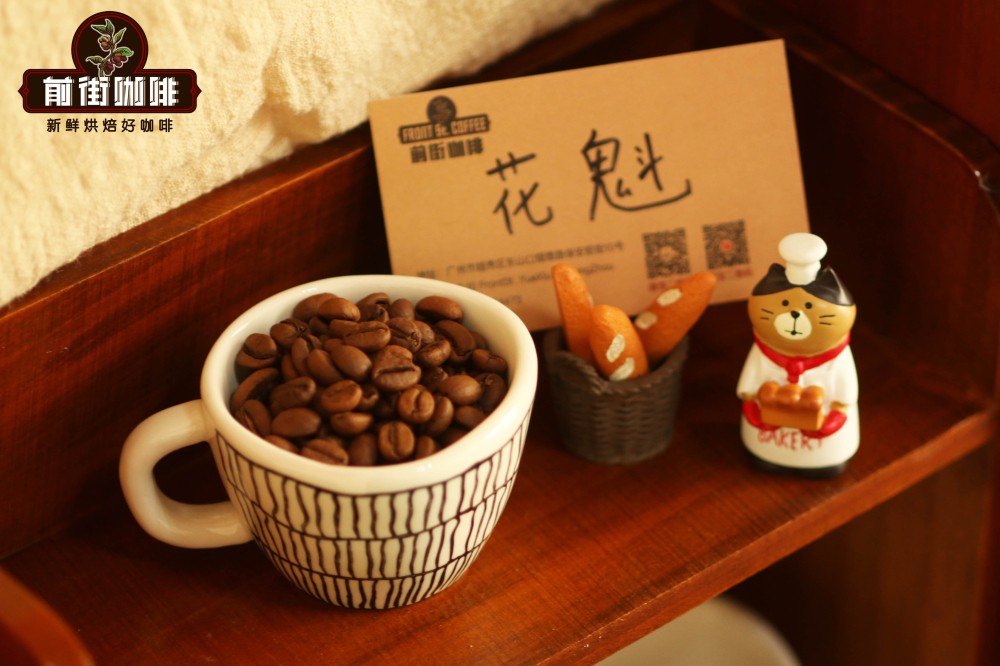
Sun treatment of Sidamo Coffee
Don't be misled into thinking that Ethiopian coffee is washed. Qianjie tells you: in fact, Ethiopia is dominated by solarization, and even now, the solarization in Ethiopia can account for about 70% of the country's output. After the introduction of the water washing method in 1972, after decades, the utilization rate of the water washing method is much higher than that of the sun method. Qianjie believes that the coffee beans treated by water washing reduce the degree of defects and are cleaner and brighter in flavor. It is just that the coffee flavor of the washing method is relatively clean and bright, which can better reflect the local coffee flavor, so Qianjie coffee will choose washed coffee beans to represent the coffee flavor of various producing countries.
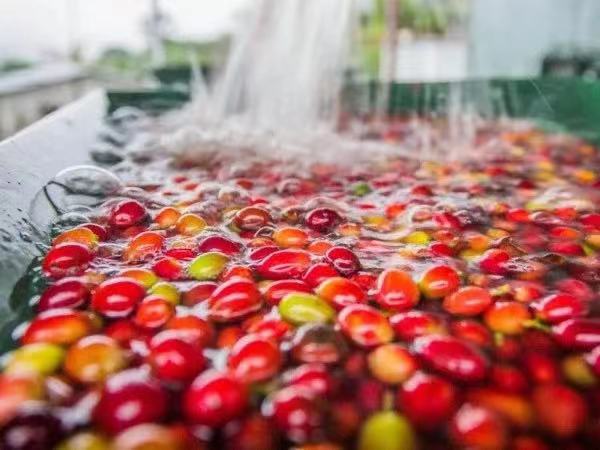
The sun drying method in Sidamo coffee producing area is very fastidious. Only ripe coffee fruits are picked during the coffee harvest period, and the picked coffee fruits are uniform in size, similar in maturity and free of other impurities. In the process of treatment, strict hand selection should be carried out to remove the defective beans, and then the coffee red fruit should be laid on a high wooden frame or the whole scaffolding to make the sun, so as to prevent the coffee fruit from mildew or soil during the drying process. In the process of exposure, it will constantly turn to ensure that the coffee beans can be evenly exposed to water; every three to five days, farmers will manually screen out the defective and moldy beans. Wait for the peel to dry and harden, and then use a sheller to remove the hard peel. After obtaining the raw coffee beans, in order to pursue the perfect taste, the farmer will do a final screening to reach the highest level of the G1.
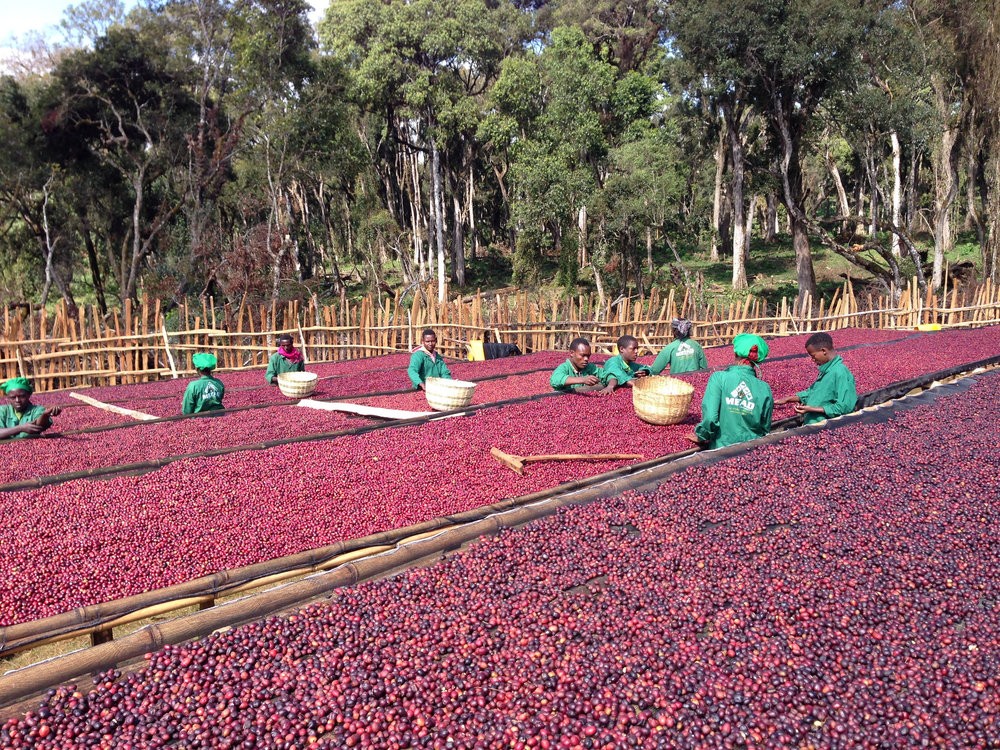
After Sakui coffee beans became famous, buku processing plant successively launched Sakui 2.0 coffee beans, Sakui 3.0 coffee beans, Sakui 3.1 coffee beans, Sakui 4.0 coffee beans, Sakui 5.0 coffee beans and Sakui 6.0 coffee beans. Why make a distinction? Qianjie believes that coffee beans are actually a kind of crops, and of course, the flavor will change with the change of climate and environment. Of course, the main flavor of coffee will not change, but there will be some changes. The name is also named to better distinguish coffee beans from year to year.
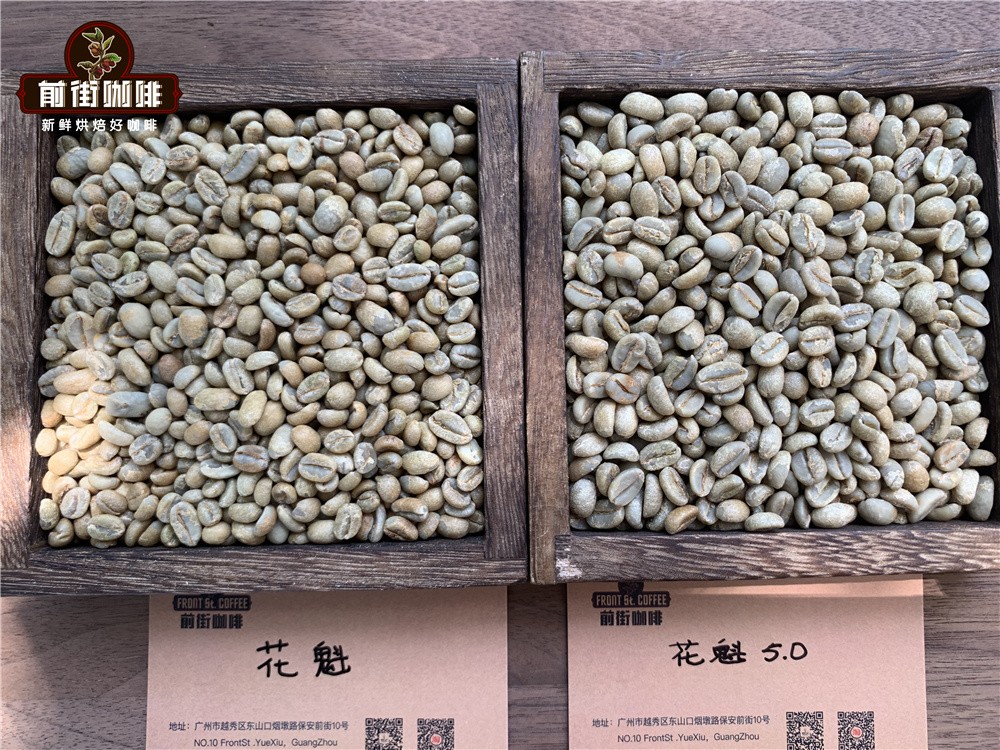
Qianjie cooking suggestion:
Want to brew a delicious cup of coffee, it is inseparable from the freshness of the coffee. Qianjie believes that the freshness of coffee beans is a very important link, the freshness of coffee beans can maximize the rich flavor of coffee. The coffee beans shipped in Qianjie are all roasted within 5 days, because Qianjie is well aware that the freshness of coffee beans has a great impact on the flavor. The purpose of Qianjie roasting is "freshly roasted coffee", so that every guest who places an order is the freshest coffee when he receives it. The bean cultivation period of coffee is about 4-7 days, so when the guest gets it, it is the time when the flavor is the best.
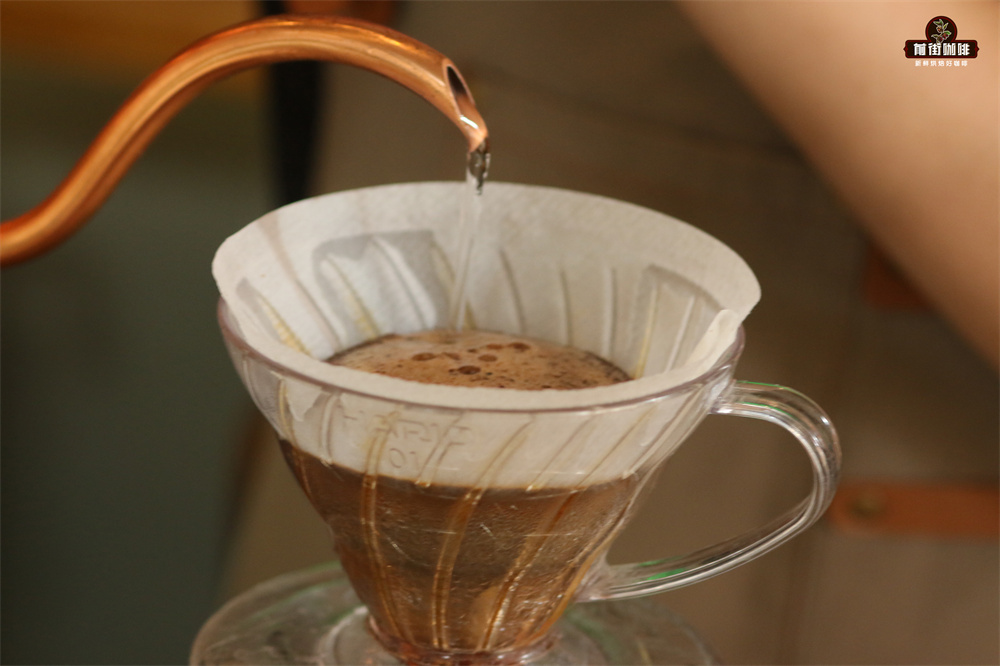
Of course, there are some customers who need help grinding powder in front of the street, which doesn't matter, but Qianjie has to warn: if the coffee beans are ground ahead of time, there is no need to raise the beans, because in the process of transportation, the pressure caused by carbon dioxide in the package can also make the coffee flavor mellow, so when you receive the coffee powder, you can immediately make a cup of coffee drink. But the coffee powder needs to be brewed in time, because the coffee powder oxidizes more quickly after contact with the air, that is to say, the flavor of the coffee will dissipate more quickly, and the flavor of the coffee is not so good. Therefore, Qianjie suggests buying whole beans, grinding and flushing now, so that we can better taste the flavor of coffee.
Parameters for brewing Sidamo coffee on the front street:
V60 filter cup, water temperature 90 ℃, ratio of water to powder 1:15, powder quantity 15g, grindability (pass rate of China No. 20 standard screen 80%)
The use of segmented extraction, with twice the amount of coffee powder water for steaming, that is, 30 grams of water for 30 seconds, and the reason for the need for steaming process is to make coffee powder can discharge the internal carbon dioxide gas, so that the latter stage of the extraction is better stable. When the small water is injected around the circle to 125 grams, the injection will be stopped until 225 grams, then the filter cup will be removed after the dripping of the filter cup, and the extraction time will be 2 minutes 39 grams. Next, pick up and shake the whole cup of coffee, then pour it into the cup and taste it.
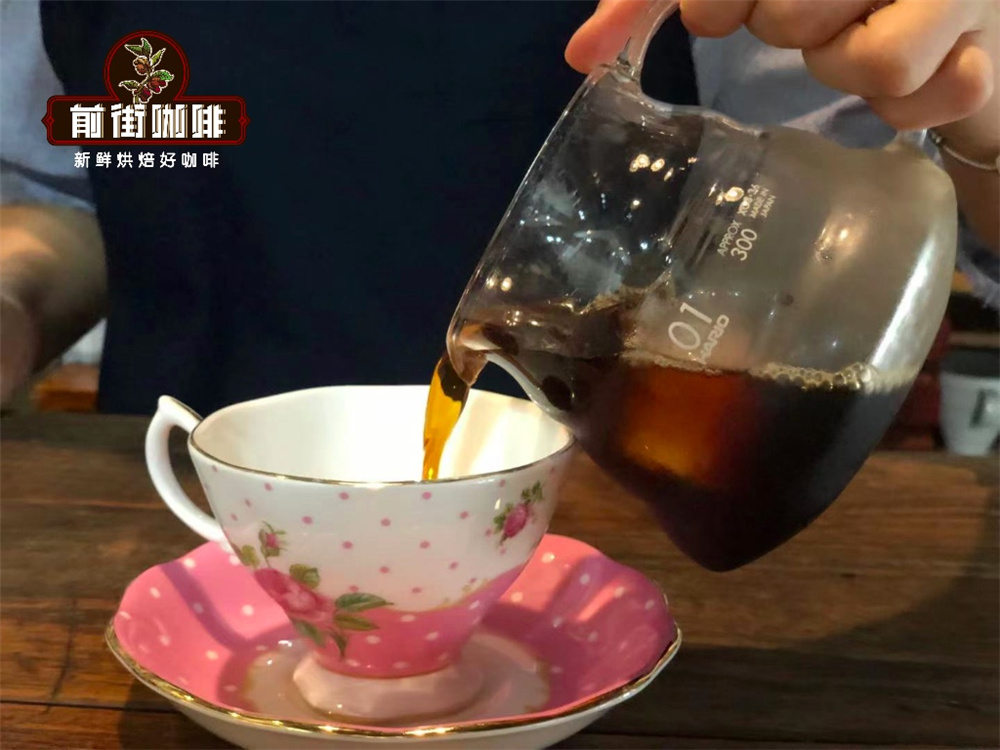
[flavor characteristics of Huakui 5.0]: floral aroma, sweet and sour feelings of berries, citrus and plums, mango juice, honey, and sweet aftertaste of black tea.
[sun Arsi Coffee Flavor]: it tastes like berry juice at high temperature, with hints of plums, nectarines, mangoes and honey.
Of course, although there are more than a dozen Essel beans in Qianjie coffee, there are dozens of coffee products in many other producing areas. Welcome to Qianjie coffee to experience together.
Professional coffee knowledge exchange more coffee bean information please follow the coffee workshop (Wechat official account cafe_style)
For more boutique coffee beans, please add private Qianjie coffee on Wechat. WeChat account: qjcoffeex
Important Notice :
前街咖啡 FrontStreet Coffee has moved to new addredd:
FrontStreet Coffee Address: 315,Donghua East Road,GuangZhou
Tel:020 38364473
- Prev
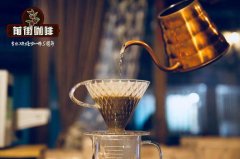
What are the characteristics of Sidamo coffee flavor sharing of hand-made Sidamo coffee
Professional coffee knowledge exchange more coffee bean information please pay attention to the coffee workshop (Wechat official account cafe_style) front street Sidamo coffee hand brewing characteristics introduction Sidamo producing area: (Sidamo)-one of the most famous coffee producing areas in Ethiopia, 1400m above sea level, Mustang 1700m above sea level, raw beans are washed and sunburned. The quality of washed beans is stable, sour and clean. Sun-dried beans
- Next
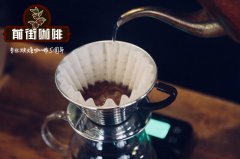
The tool of Coffee pattern Coffee pattern basic course Coffee pattern step
To make coffee drinks from steamed milk, you need an espresso machine with commercial milk steam sticks, a milk bubble pot, the milk of your choice, espresso and a round cup. You should wash it immediately after using the wand and steam more.
Related
- Beginners will see the "Coffee pull flower" guide!
- What is the difference between ice blog purified milk and ordinary milk coffee?
- Why is the Philippines the largest producer of crops in Liberia?
- For coffee extraction, should the fine powder be retained?
- How does extracted espresso fill pressed powder? How much strength does it take to press the powder?
- How to make jasmine cold extract coffee? Is the jasmine + latte good?
- Will this little toy really make the coffee taste better? How does Lily Drip affect coffee extraction?
- Will the action of slapping the filter cup also affect coffee extraction?
- What's the difference between powder-to-water ratio and powder-to-liquid ratio?
- What is the Ethiopian local species? What does it have to do with Heirloom native species?

